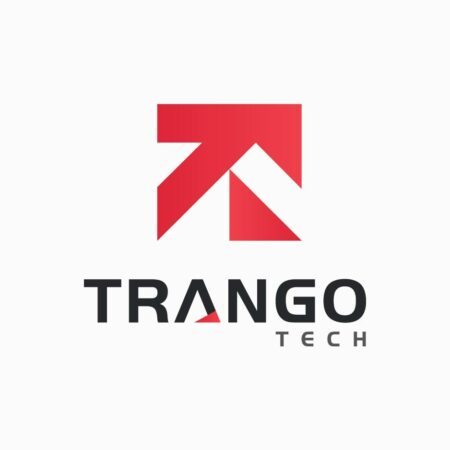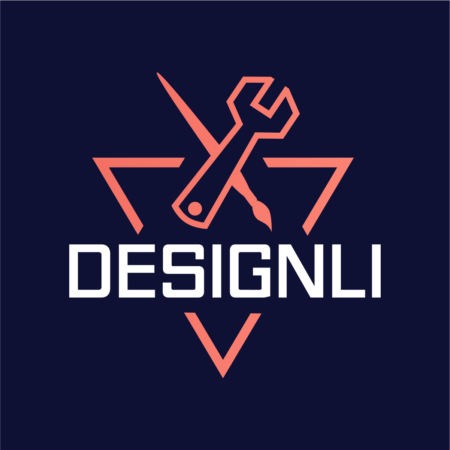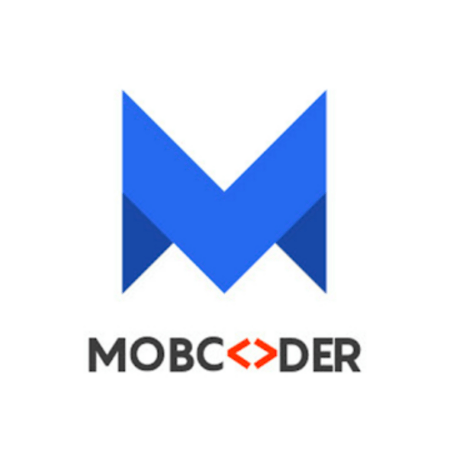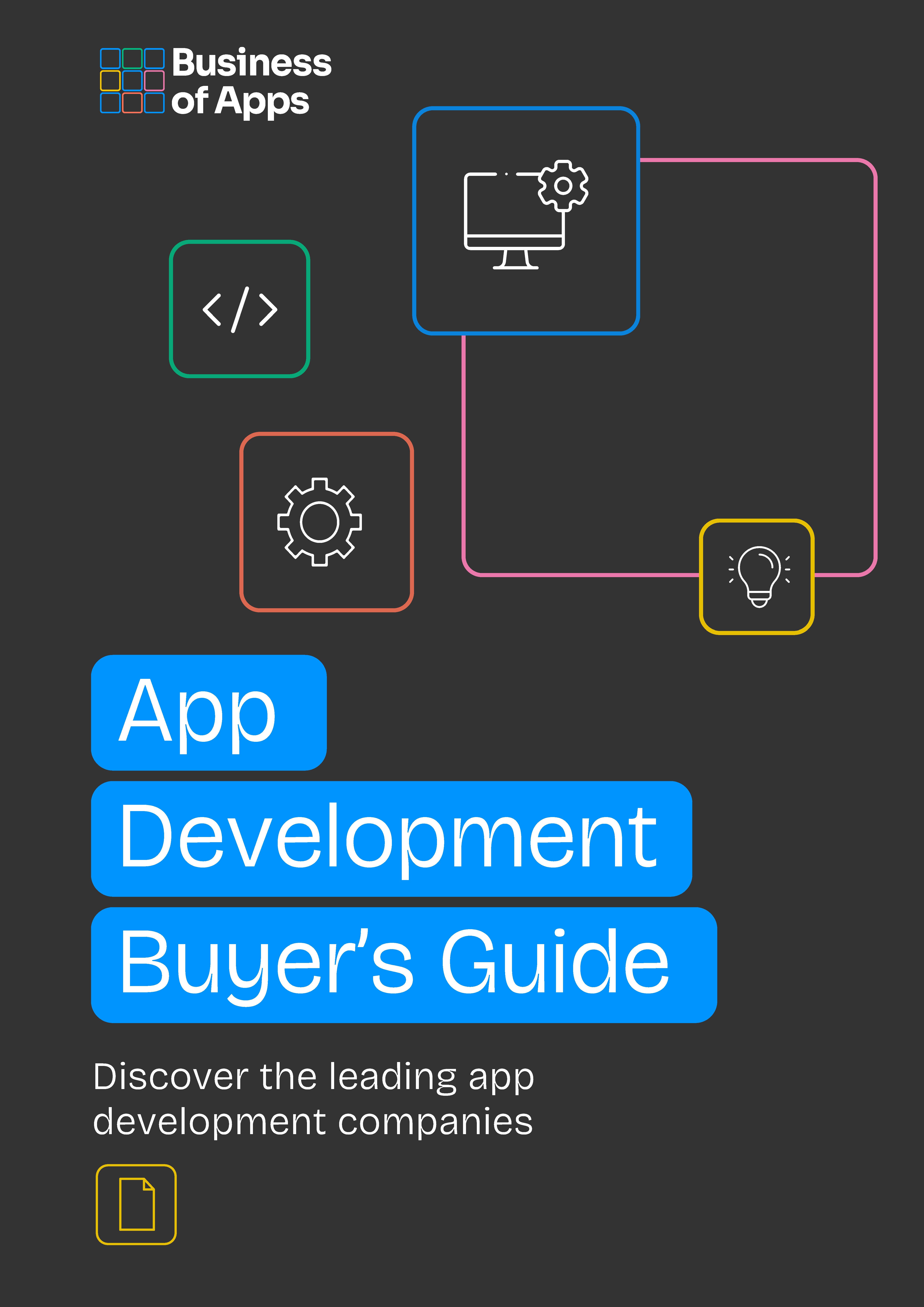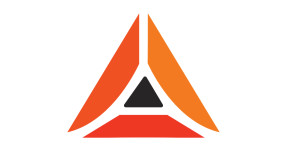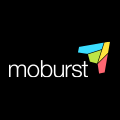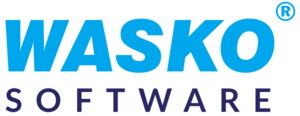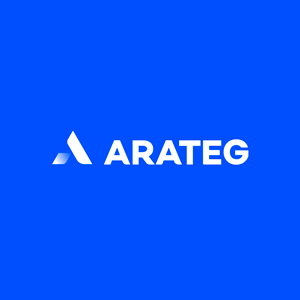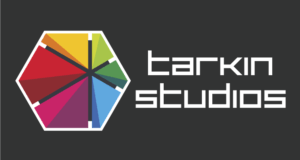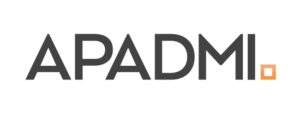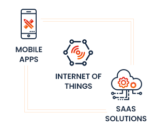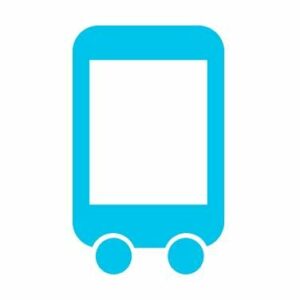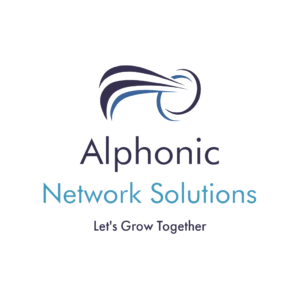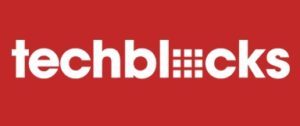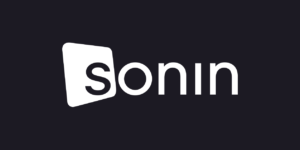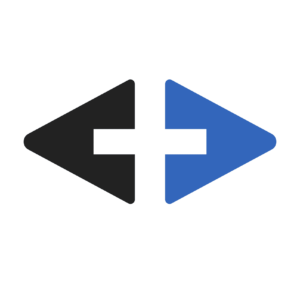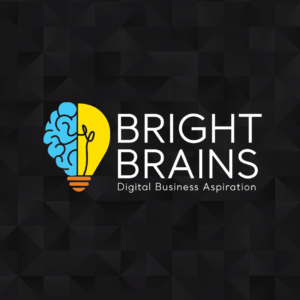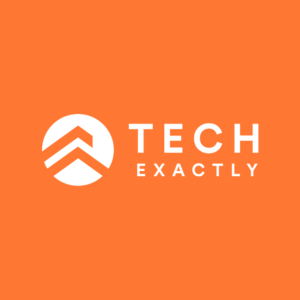This guide will cover the best restaurant app development services, how much it costs, top app development features, and how you stand to benefit from using restaurant app development companies.
Restaurants and apps go together like fish and chips. In fact, food delivery apps were some of the most popular mobile app downloads in 2020–UberEats and the McDonald’s app both saw 82 million global downloads in 2020.
A restaurant without an app is potentially missing out on a large portion of its business. Mobile users have stated that convenience is a key driving factor for their growing interest.
Like any industry, building and developing restaurant apps requires several must-have features.
A robust user interface that helps customers order food quickly and efficiently is vital, but so is a good loyalty program, having the ability to book tables and multiple payment options.
Push notifications, social media sharing, and referral schemes should also be considered.
Need help figuring out where to start? We’ll cover everything you need to know about restaurant app development.
What is a restaurant app?
Restaurant apps are mobile apps that facilitate online ordering for both pickup and delivery. The most popular examples of these restaurant apps include Grubhub, DoorDash, and Uber Eats.
The mobile apps allow customers to order directly from their smartphone and tablet and food ordering apps work for everything from table service to delivery to takeout. Most developers specifically offer delivery and takeout options to add a healthy revenue stream to a restaurant.
Restaurant apps often allow direct communication with customers with a secure chat centre where they can send attachments and incentivize app downloads with redeemable coupons and set expiry dates.
App Development Buyer's Guide
Download our App Development Buyer’s Guide to get a full list of the best service providers on the market to choose from. You will also learn about types of app developers, different app development platforms, app developer locations, app development costs, how to select the right one for your business, as well as the questions to ask any of those companies you will be evaluating.
When considering all of the alternatives, if your main focus is to create an efficient ordering system that provides a smooth customer experience, it’s best to develop a mobile app for your restaurant rather than a website.
The best restaurant app developers
Restaurant app developers are software development companies and other professionals who specialize in creating custom mobile and web apps tailored for the restaurant industry.
These apps help restaurants, cafes, food delivery services, and cloud kitchens streamline operations, improve customer engagement, and boost sales.
We’ve listed the best restaurant app developers below.
1. Slashdev.io

Slashdev.io is a logistics app development company that connects businesses with top-tier remote software engineers. They offer flexible freelance contracts at competitive hourly rates, enabling companies to focus on their core competencies without the challenges of recruiting.
SavoryBites, a fast-growing restaurant chain, partnered with Slashdev.io to develop a modern mobile app to digitize their ordering system, improve table reservations, and enhance customer engagement. The results: a 40% increase in online reservations within 4 months, 50% faster service due to digital ordering, and a 25% boost in repeat customers thanks to enhanced engagement.
Slashdev.io helped the restaurant chain streamline operations, improve customer satisfaction, and drive revenue growth.
Overview
Slashdev.io was founded in 2019 by Michael Ballard and Patrich Söderström. Michael Ballard is the founder and CEO, bringing a background in software entrepreneurship and a passion for helping entrepreneurs.
Patrich Söderström co-founded the company, contributing to its mission of connecting businesses with top-tier software engineers worldwide. The company primarily works with SaaS and software product startups.
Services
Slashdev.io provides its customers with the following services:
- Delivers high-performance restaurant mobile apps that boost both engagement and reach
- Offers end-to-end restaurant software solutions, helping businesses design, develop, and deploy scalable apps
- Provides access to top-tier remote engineers to extend in-house teams
2. Trango Tech

Trango Tech is a tech services and restaurant app development company aimed at helping businesses enhance their digital presence, streamline operations, and innovate their product offerings.
Trango Tech specializes in developing comprehensive restaurant management apps designed to streamline operations and enhance customer engagement. Notable projects include “NightLife-E,” a platform to enhance nightlife experiences, and “Super Flex,” which focuses on parcel delivery systems.
Top features you can expect from Trango Tech include table reservation management, interactive menu displays, order and kitchen management, and inventory tracking.
Overview
Trango Tech was founded in 2017. The company was established with the goal of providing innovative tech solutions, particularly in the areas of restaurant mobile app development, web development, and IT consulting.
Since its founding, Trango Tech has worked with clients across various industries to help them build custom software solutions that meet their business needs.
Services
Trango Tech provides its customers with the following services:
- Offers cloud-based solutions for data storage, scalability, and infrastructure
- Provides customized restaurant platforms to help businesses sell products online
- Develops software that enhances enterprise-level systems and helps with automation, integration, and the management of data
3. Mobcoder Inc

Mobcoder Inc is a tech company that specializes in mobile app development and custom software solutions. Mobcoder typically offers services such as app design, development, testing, and deployment. The platform aims to streamline the process of finding and working with developers by providing a marketplace for various app development needs.
Mobcoder developed a comprehensive B2B app tailored for General Mills vendors, focusing on recipe provision, expert chef connections, and a fun rewards system. The app offers a curated repository of recipes, facilitating vendors’ access to diverse culinary inspirations. They also implemented a direct connection feature, allowing vendors to engage with expert chefs for more personalized guidance.
Overview
Founded in 2011, the company focuses on delivering high-quality mobile and web apps, providing end-to-end development services, and helping businesses achieve their digital transformation goals.
Their clients typically span a range of industries, including healthcare, finance, and retail.
Services
Mobcoder Inc provides its customers with the following services:
- Creating native restaurant apps for iPhone and iPad using Swift and Objective-C
- Offers continuous support and updates to keep apps running smoothly and efficiently
- Designs intuitive and user-friendly restaurant experiences for mobile and web apps
4. App Maisters

App Maisters specializes in mobile app development and digital solutions. The company can develop apps that meet the specific needs of larger organizations.
App Maisters designed and developed the popular Eat Now app that gives users quick and easy access to order food online. The app allows users to browse the menus of restaurants, offers timely food deliveries and helps users find a restaurant in their local area in a few taps.
Using the app, users can also browse a huge selection of reviews and ratings to help them decide where to order from, as well as filter search by customer reviews and specific cuisine.
Overview
App Maisters was founded in 2017 by Fahim Iqbal, the current CEO. Under Iqbal’s leadership, App Maisters has grown and established itself in the app development industry, helping companies across various sectors build innovative mobile apps.
App Maisters has worked with various clients, including brands such as PepsiCo, ExxonMobil, and Shell.
Services
App Maisters provides its customers with the following services:
- Crafts intuitive, attractive, and functional restaurant app designs
- Builds apps that work across multiple platforms (iOS and Android) using frameworks such as Flutter, React Native, and Xamarin
- Develops prototypes to visualize the restaurant app before full-scale development begins
5. Designli

Designli is a software development firm that offers a comprehensive range of services, including UX/UI design, mobile app development, web app and cross-platform development. Their approach focuses on delivering high-quality, user-friendly solutions tailored to meet the specific needs of their clients.
Designli, known for its expertise in building intuitive and scalable digital products, brought app FlavorSync to life using a structured, user-centric approach. Their team combined sleek design, robust development, and strategic user testing to create a seamless restaurant app that enhances both customer engagement and operational efficiency.
Before writing a single line of code, Designli conducted in-depth research on user behaviour, restaurant operations, and market trends.
Overview
Designli was founded in 2013 by Joshua Tucker and Keith Shields. The company is based in Greenville, South Carolina, and provides design and development services, particularly for custom restaurant mobile and web apps.
Services
Designli provides its customers with the following services:
- Helps clients define their product goals, target users, and market strategies
- Offers professional design services to craft intuitive and visually appealing user interfaces
- Builds restaurant apps that work across multiple platforms, ensuring broad accessibility and functionality
6. TopDevs

TopDevs is a web and mobile app development company that specializes in creating complex mobile apps for clients. With over 14 years in the app development business and a presence in multiple countries, including the UK, Canada, and Poland, they offer a comprehensive range of services to support businesses.
TopDevs developed a comprehensive delivery ecosystem app called Delivery Heroes that was designed to streamline the delivery process for couriers, merchants, and food delivery companies. This interconnected system includes web and mobile apps tailored to the specific needs of each user.
The app significantly improved the efficiency of order deliveries by at least 75% and increased conversions from promotions by 34%.
Overview
TopDevs was founded in 2009 by a group of experienced software developers and entrepreneurs who shared a vision of creating high-quality, scalable digital products. With over a decade of experience, TopDevs has grown into a well-established firm, delivering a wide range of services including mobile app development.
TopDevs has worked with various clients across industries, covering logistics, fintech, healthcare, retail, and eCommerce. Notable clients have included UNICEF, Al Ahli Bank of Kuwait, and Emaar.
Services
TopDevs provides its customers with the following services:
- Builds fully tailored restaurant mobile apps, including reservation systems, digital menus, and order management
- They develop apps with integrated ordering platforms that allow customers to place orders directly from their smartphones
- Creates intuitive dashboards for restaurant owners and staff to manage inventory, track order statuses, and monitor customer preferences
7. Yeti

Yeti is a forward-thinking mobile app development agency focused on creating highly functional, scalable, and engaging apps. Today, Yeti stands as a leading Bluetooth app development company dedicated to unlocking the revolutionary capabilities of connected technology.
Yeti designed the new, UX-friendly, ADA-compliant Lasagna Love app at no cost. To ensure the designs were exactly what was wanted (and needed), they organized several workshops that allowed their teams to drill down into the organization’s current and future requirements, and to understand what was (and wasn’t) working for them.
Lasagna Love is a global nonprofit movement that aims to positively impact communities by connecting neighbours through homemade meal delivery.
Overview
Tony Scherba founded Yeti in 2015 and today acts as CEO of the company. Yeti is a leading IoT app development company dedicated to unlocking the capabilities of connected tech and redefining how the world engages with ordinary objects.
Specializing in both iOS and Android app development, Yeti’s team of expert developers, UI designers, and product strategists work collaboratively to deliver innovative apps that meet client expectations. Clients include Netflix, PlayStation (for Sony), and Google.
Services
Yeti provides its customers with the following services:
- Digital product design with a focus on Bluetooth app development
- Mobile restaurant app development with prototyping and product road mapping
- Continuous app monitoring, bug fixes, updates, and scaling solutions to ensure app success
Types of restaurant apps
Examples of restaurant apps, across both mobile and web apps, include the following:
- Table booking apps
- On-demand food delivery apps
- Inventory management apps
- Restaurant discovery apps
- In-house restaurant apps
Restaurant app developer example
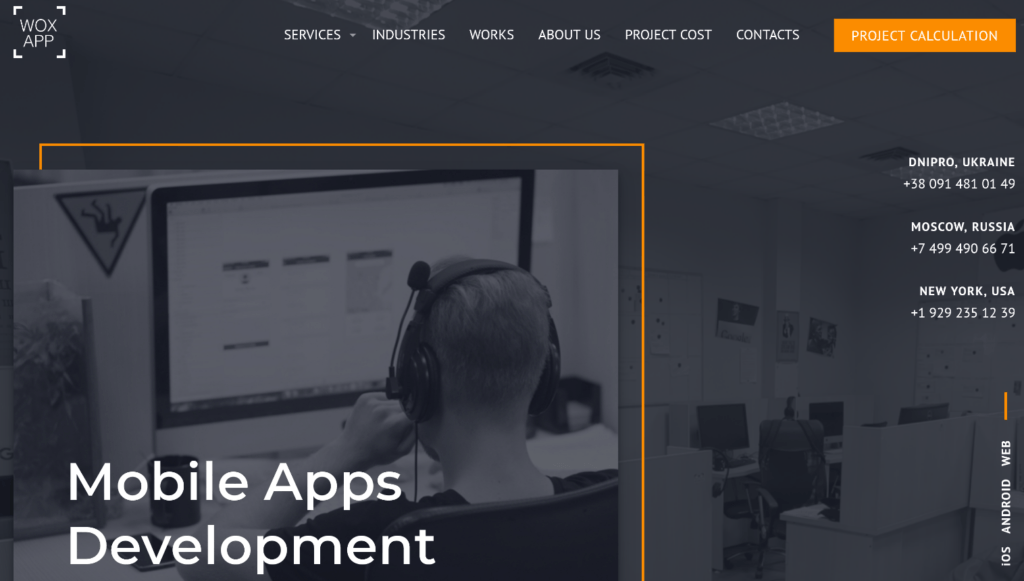 Source: WOXAPP
Source: WOXAPP
Restaurant discovery apps enable users to find–and filter–venues in their area based on reviews–apps like Deliveroo and LocalEats are specific to the restaurant app industry and use geolocation services to provide customers with crucial venue information.
Restaurant inventory apps are automated solutions that help restaurants track and manage stock levels, purchase orders, and food costs. They also provide detailed analytics and reports of demand and supply.
Significant restaurant chains have bespoke in-house apps. Some of these apps act like delivery apps, such as Domino’s Pizza, while others focus on loyalty programs; some even include both elements in one app and are typically more popular.
Think carefully about which category your finished restaurant app would fall under before starting.
Why should I develop a restaurant app?
For many reasons, but in most cases, brands choose this option to improve the loyalty of their customers, improve the payment process, and increase sales. Others use them to provide direct food delivery services, offer special deals, and get customer feedback in a way other models don’t easily enable.
Most restaurants that solely depend on food aggregators close quickly and struggle to break even–having a website alone isn’t enough. A dedicated mobile app, however, one that is personalized, can help to prevent this reality and keep your business steady.
Customers indeed want to know about the service and quality of your food before they visit your restaurant, and mobile app review sections are one place they tend to look by default.
Not only that, but if you own an app, it reduces the cost and efforts to market to your customers in the first place–in other words, it gets you more customers but also decreases the cost of acquisition and increases their lifetime value.
Getting in touch directly with customers can provide you with insights such as their preferences, which will help you to create more lucrative offers for them.
Restaurant app developer example
 Source: Emizentech
Source: Emizentech
Another critical reason to consider is that Google tries to provide the best possible information to its users, and it prefers local sites when doing this. If someone close to your restaurant searches for food nearby and you don’t have a website or app, you’ll probably not appear in the results.
Local restaurants will have a smaller marketing budget when compared to larger ones, and to compete, they need to do everything they can. Restaurant apps help to level the playing field and give you a strong chance of success.
What is the restaurant app development process?
You need to develop the best restaurant app possible. One that loads quickly, runs smoothly, has food tracking and location-based services, and doesn’t suffer from constant bugs.
Building a great restaurant app is about following a well-defined process that ensures nothing gets missed in development, from conducting market research to support and enhancement. Let’s take a look.
1. Conduct thorough market research
Market research is the initial step for developing a restaurant app, like most mobile apps.
It’s vital to understand your business’s target audience and the issues customers face with restaurants. It’s about finding a problem or frustration and then delivering a solid solution.
You should create your mobile restaurant app using the things you learn during research; be sure to keep track and make notes as you go.
2. Decide your strategy and business goals
You need to understand the advantages and benefits that you’ll receive from creating restaurant apps in the first place.
Think about your KPIs and set yourself business goals; a restaurant app is a great way to generate profit, but what else do you want to achieve, and how do you plan on getting there?
Take a good deal of time to get this right, as it’s a key part of the process that will determine your restaurant app’s success.
3. Find a software development company
Searching for an experienced and reliable software development company is one of the more complicated challenges you’ll face. After all, there are a lot of choices out there.
You need to think carefully about the features you want to include in the food app. Doing so helps you narrow down your requirements and make better decisions in the long run.
With the help of an app development company, you’ll need to create a product backlog list with all the features you want to see in your app, so accomplishing this step is helpful in two ways.
4. Create a professional restaurant site and app
A central feature of a great restaurant app lies in its ability to solve particular issues while providing a seamless customer experience.
Design is the most important part of developing a restaurant app. The main steps include the following:
- Research: Research is necessary for creating top-notch products. You must analyze the market and your brand’s competitors while adopting some best practices.
- User experience: The UX, or user experience, is about creating user-friendly navigation and ensuring logical elements in your layout.
- Visual design: Design UI mockups and use mood boards to see which colour scheme is the best for your brand.
- Branding: Branding comprises animations and logo development which add a unique feeling when using the restaurant app.
5. Test, deploy, and launch the app
This step is arguably the most crucial part of the restaurant app development process.
By the time the app is ready for launch, all of its features need to be implemented and work without any technical glitches.
Test the app until you’re confident there are no serious issues–issues which can derail it before it even has a chance to begin.
6. Roll out your marketing campaigns
If you’re creating a restaurant app, starting a marketing campaign for your brand is always a great idea so that people come to you about your services in general.
Doing so improves your brand’s visibility and increases the chance your app will get downloaded and see some well-deserved success.
Restaurant app developer example
 Source: Apptunix
Source: Apptunix
7. Collect and analyze feedback
Have you ever wondered how you’ll create a restaurant app that users return to every week? That’s where collecting feedback comes into the equation.
You need to learn about your app from them–what it’s good at and what it lacks. What things would they like to see? For example, maybe they think finding the menu within the app is too complicated. If so, you can work to address this and improve as you go.
Of course, remember this process should be continuous, and you should gather feedback before releasing any new features.
8. Enhancement and support
Developing a restaurant app is an ongoing process and doesn’t stop after the app is launched. That’s just the beginning.
Ensure that your food app is utilizing all the latest versions of operating systems while providing the best performance to as many users as possible.
The improvement of processes and products should be made by adopting new tech. It’s wise to keep your focus on marketing to bring in new users and maintain excitement as well.
Restaurant app development best practices and features
Here are some of the main aspects to consider when developing a restaurant app, including best practices as well as essential and advanced features.
Allow customers to pay directly
You can build a simple app with a basic ordering function that allows your customers to place an order and then pay for it when they get their food–that’s easy enough.
However, it’s best if your app also allows customers to pay for their orders, as it provides added convenience for them and extra security for you. Customers expect to see this feature in modern food apps, so it’s best not to ignore it.
Make your menu visible
Your menu is probably already available on your site, but you’ll want to ensure that it is clearly displayed and easily accessible within your app–this is something that brands commonly neglect.
The primary reason many people use restaurant apps is to place orders, in which case they’ll obviously need to be able to easily browse your menu first to see what they want to order.
Imagine you’re a customer going through the journey of ordering food from your app–is the process of finding your menu easy, or do you need to improve it?
Restaurant app developer example
 Source: Elluminati
Source: Elluminati
Make use of location notifications
Your mobile app can leverage location technology to deliver more contextualized mobile campaigns. Restaurants can embrace location-based services, using geolocated notifications to alert users of special offers, new menus, and more.
Location-aware apps can also use geofencing to deliver highly targeted messages so that they only appear to those customers that meet your criteria at the right time.
Essential features
Your restaurant app will need to offer a lineup of essential features that the app can’t function without overall.
The MVP is the minimum standard to showcase your product to your target audience, and the features must meet the most critical functions of food delivery and restaurant apps.
These are the essential features your app needs to have:
1. Reviews
2. Push notifications
3. Ordering capability
4. Table reservation functionality
5. Location-based services
6. Accessible image menu
7. Loyalty program
8. Integrated with social media
9. Online payment system
10. Live food tracking
Focus on restaurant app features that provide the greatest value to your customers. Collect feedback, let users tell you what features make sense to them, and then execute the changes when possible.
Restaurant app developer example
 Source: Intelivita
Source: Intelivita
Advanced features
Advanced features are more optional, but they allow your restaurant app to offer value to users. Advanced app features include the following:
1. Separate payment for each guest
2. AR support
3. Gamification
4. Payment history
5. Pre-ordering feature
6. POS
7. Taxi ordering function
8. Chatbots
9. Detailed analytics
10. Feedback portal
Of course, the more advanced features you add, the higher the cost of the restaurant or food app’s development. Keep this in mind when deciding your final budget–we’ll detail the average costs in the next section.
How much does it cost to develop a restaurant mobile app?
Development costs of restaurant apps vary. Below are the average estimates per app complexity:
- Small restaurant app development costs around $1,000 to $10,000 (around 2-3 months of development).
- Medium restaurant app development, with features like online food delivery, costs around $2,000 to $20,000 (around 3-6 months of development).
- Multinational food chain app development costs around $10,000 to $100,000, and sometimes higher (over 10 months of development).
For instance, a team that includes two developers, one designer, and one quality assurance engineer would cost between $5000 and $10,000. The average hourly rate is approximately $70-$250, but this depends on location.
Food ordering apps with advanced features such as custom UIs, payment gateway integration, social media integration, and push notifications will cost between $10,000 to $25,000.
Developing a restaurant app usually takes between 8-36 weeks with complete functionality and can cost anywhere from $1,000 to $50,000. It’s worth contacting a restaurant app development company for an estimate first.
How can I benefit from restaurant app development services?
Partnering with restaurant app development companies allows you to create customer-friendly apps that enable users to book tables, order food, and get to know your brand better inside and out.
These expert developers let you take advantage of the significant opportunity available while keeping things as hassle-free as possible.
Restaurant app developers build highly-scalable apps, whether they’re table reservation apps or restaurant discovery apps. These development companies create beautiful apps that use the latest tech and trends while meeting user expectations.
Restaurant app developer example
 Source: Mtoag
Source: Mtoag
Some of the critical benefits of restaurant app development companies include the following:
- Reduced development costs — Restaurant apps typically get designed using different frameworks, which allow developers to reuse the code for multiple food apps.
- Improved functionality — App development companies provide excellent functionality and usability with top-notch restaurant and food delivery features, such as AR and the option for users to call the waiter directly.
- Custom and flexible plans — Custom development plans designed to fit all needs, big or small, and typically come with superior scalability for your restaurant brand.
- Better security with encryption — Restaurant apps are built with increased security for your customers using the latest app encryption technology.
- Data management — Better data management solutions that protect customer data, such as names and addresses, and help you stay compliant.
- Professional communication — Communication at every key stage of app development allows your restaurant to reach new customers and grow your brand.
If you’re planning to design a restaurant app, getting a free quote from mobile app development experts is usually a good idea–this is especially true if you’re a non-developer or a beginner that needs help.
Get started with the best restaurant app developers
To recap, the most critical reasons for having a restaurant app are the following:
- They facilitate online ordering for both pickup and delivery
- Apps can increase the productivity of your staff, saving them time elsewhere
- They can seriously increase the visibility of your brand
- You’ll receive real-time customer feedback and can respond to problems
- You can create personalized offers for your guests
- The facility to update an audience on news and achievements and share it on social media is key
- Most customers expect a restaurant to have an app as standard
There are a number of app development companies that take on restaurant app development projects and have app developers with experience specifically catered to these apps. Here we’ve put together for you a list of the best.


